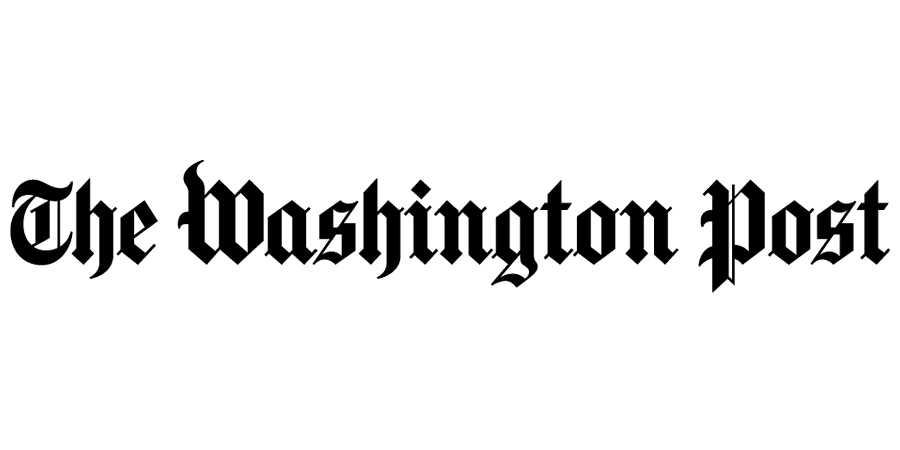This suggests the “transformative” phase-one deal is more an uneasy cease-fire than an end to trade tensions. For many industries that import intermediate goods from China, the deal confirms that tariffs are the “new normal.” That’s not welcome news to business leaders, of course. The Trump administration’s tariffs have caused significant damage to U.S. manufacturing. They have led to higher prices and fewer jobs, according to a recent Federal Reserve study.
Powerful business groups lobbied hard against tariffs — perhaps too hard. The channels for access in Washington remain constant, but the flood of firms trying to squeeze through these channels may have crowded out one another. Research by In Song Kim has shown a typical trade bill might have just one lobby group’s attention. By contrast, more than 4,000 firms attempted to lobby the office of the U.S. Trade Representative and Congress on the Section 301 tariffs.
The USTR exclusion process lets companies try to protect their own products from tariffs. Companies facing higher costs because of tariffs are incentivized to hire lobbyists to seek individual exclusions for their own products and undermine the requests filed by competitors. This results in a classic tragedy of the commons — few companies succeeded in obtaining tariff exclusions, and the majority of U.S. firms will continue to pay the cost of high tariffs.
Click here to read the full article

